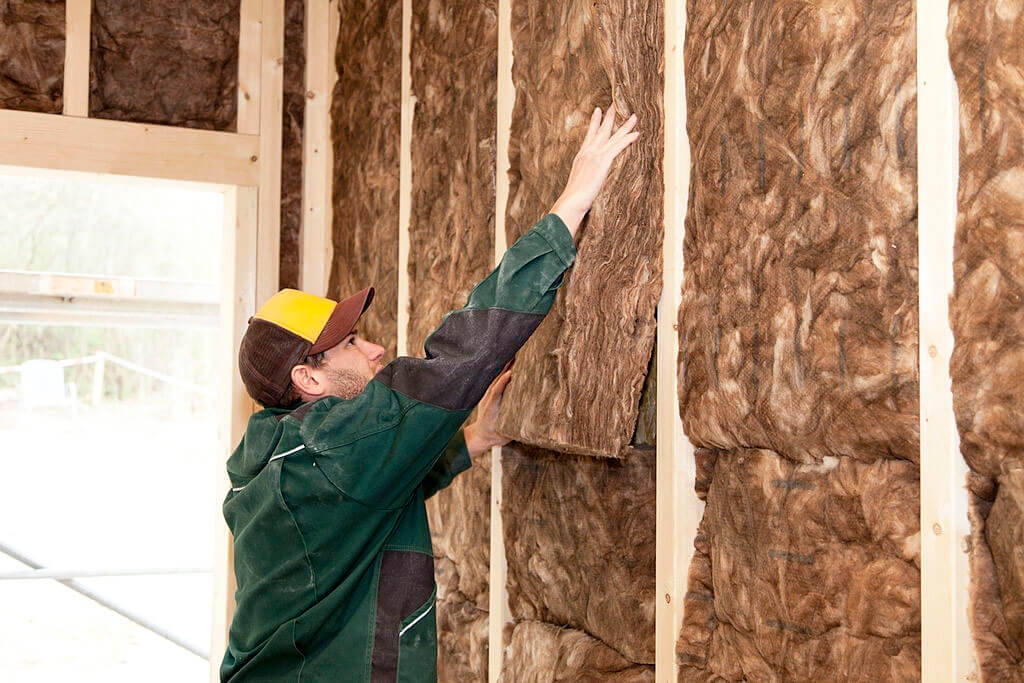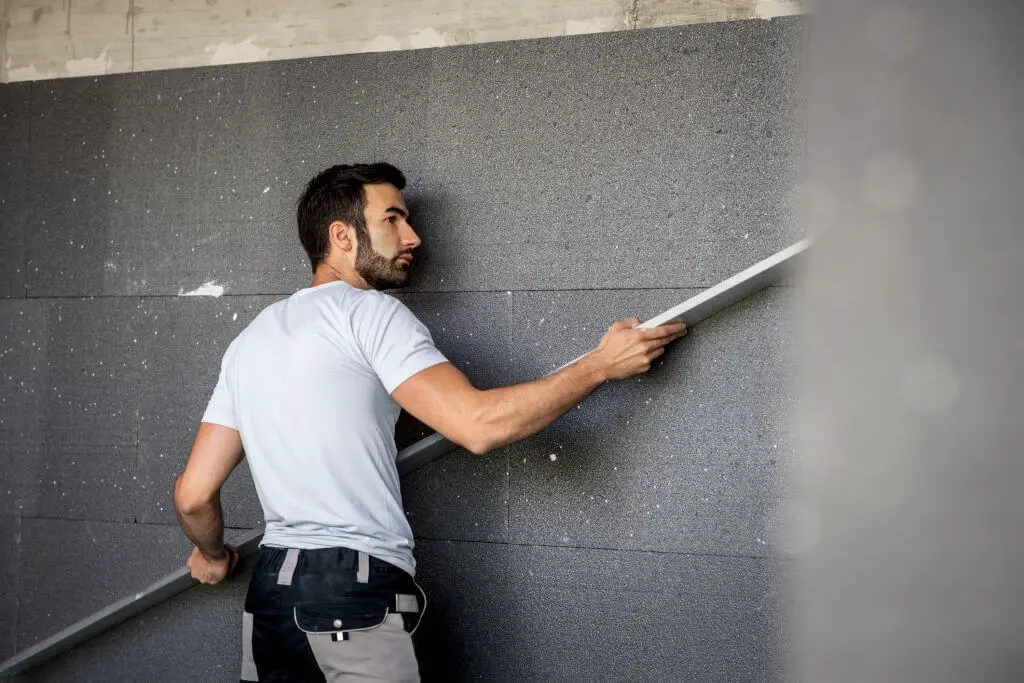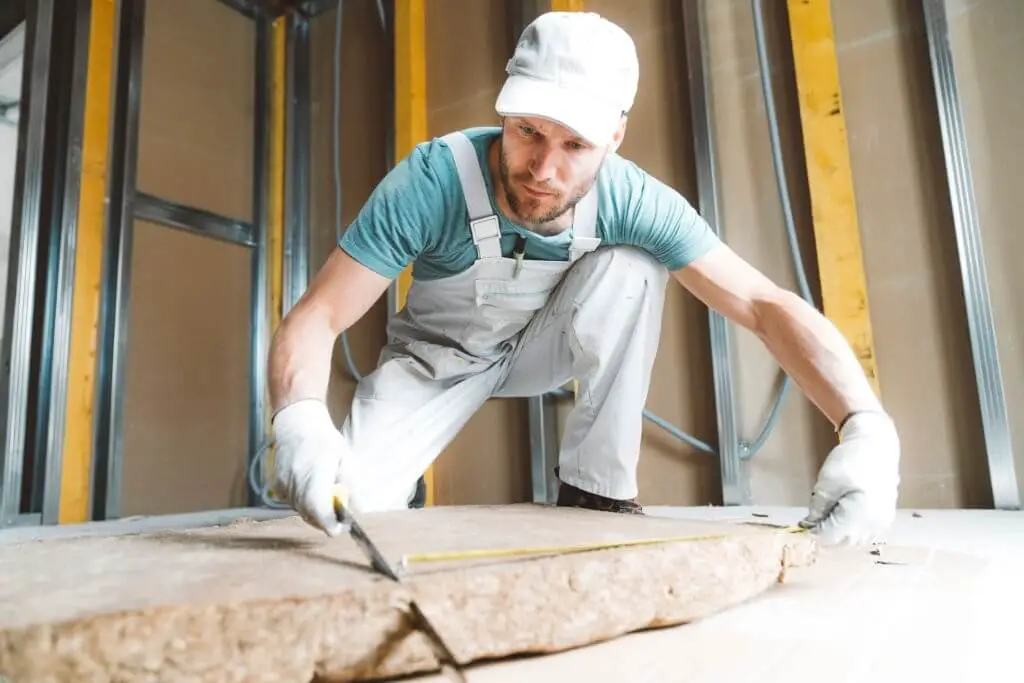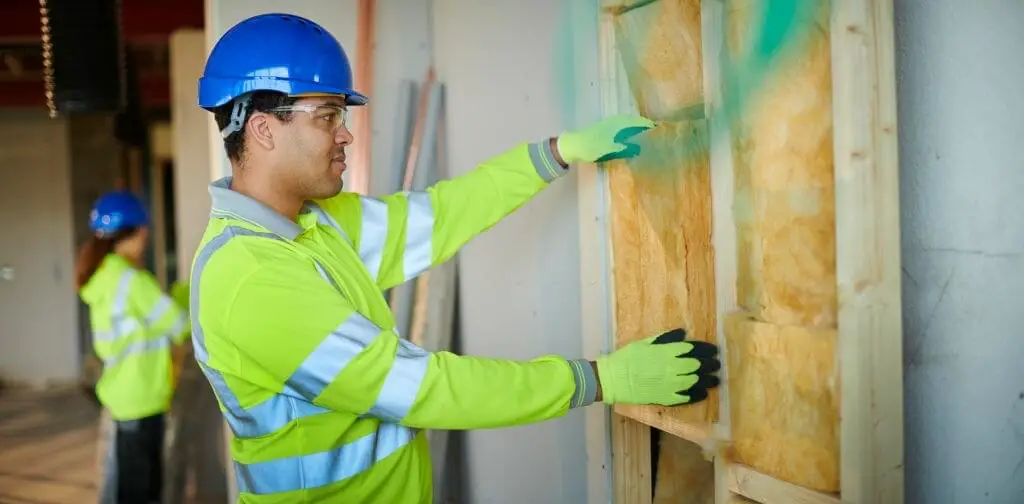Are you looking to improve the energy efficiency of your home? With an energy crisis on the horizon, more and more people are looking for solutions to reduce their electricity usage. And of all the different ways to accomplish this, one of the most underrated and least known is improving the insulation in the walls of your home to prevent heat from escaping and cold from going in.
This is especially important in the winter months. Internal wall insulation in the form of insulated plasterboards can significantly reduce your heating bills and improve thermal efficiency. It’s important for the insulation to be specified and done properly to prevent issues.
What Kind of Walls Is Your Home Made Of?

Before I get into the specifics of plasterboard insulation, I’d like to stress out that it’s important to know the type of walls your home is made of. Most homes built before the 20th-century feature solid walls made from solid brick and wall. These walls are generally the best candidates for plasterboard insulation.
Homes built in the past century generally feature cavity walls, which are better suited for cavity wall insulation to improve the thermal efficiency of your home. Your insulation options for solid walls are internal and external insulation.
External insulation is more affordable, but it eats up your floor space, which is why most people opt for internal wall insulation in the form of insulated plasterboards.
Internal wall insulation changes the entire setup of your home, and if it’s not outfitted properly, it can lead to problems down the line, such as condensation and dampness. Here’s what you need to know when considering internal wall plasterboard insulation.
What Is Internal Plasterboard Insulation?

Internal wall plasterboard insulation involves applying a layer of insulation to the inside of the external walls to improve the thermal properties of your home. There are four basic types of internal wall installation, the most common of which is building a stud wall to which you then add the insulation.
However, this is not always the most effective solution and can be disruptive, as it requires the removal and reinstallation of items such as kitchen units, radiators, switches, etc. It’s also important to ensure the layer is airtight, so areas such as floor voids and reveals may require extra attention.
What Is the Price of Internal Plasterboard Insulation?
Generally, you can expect to pay anywhere between 40 to 50 pounds per square metre, but that number can go up to 100 pounds if a new stud wall needs to be built.
The cost will vary depending on the quality of the plasterboards and the condition of the walls. Fortunately, you can get a grant for internal wall insulation as long as your home qualifies for one under the UK government’s ECO scheme.
Regulations to Pay Mind to

There are building regulations that require you to fulfil certain requirements in terms of heat loss and airtightness in order for your home to be compliant. The amount of heat lost through each square metre will depend on the U-value of the material, which is represented in watts.
A lower U-value means better thermal performance. The building regulations require a max U-value of 0.3 watts per square metre. In order to achieve that U-value, you’ll need to install at least 100mm of rigid insulation.
What’s more important is ensuring airtightness, as it has a greater effect on heat loss than insulation itself. The solid elements walls are made of are naturally airtight, but cracks, gaps, and penetrations can cause issues.
These generally occur in places like ceiling or floor voids, the first-floor ceiling, below the ground floor, etc. Applying insulation anywhere in the house can improve the airtight barrier, but you won’t get the maximum impact unless the cracks, gaps and penetrations are also properly dealt with.
Internal Insulation and Damp Issues

Dampness is the result of air reaching a temperature point and the conditions that cause moisture to condense as water. With internal insulation, the wall will be more likely to stay at the external ambient temperature to draw the dew point towards the internal surface.
But if the dew point is too close to the internal wall surface, dampness will be absorbed by the insulation and result in patches on the insulation itself.
In order to prevent dampness, you might have to install a vapour control layer. This is due to the fact that the internal surface of insulated walls is typically warmer, which reduces the chance of condensation, but there may be areas where the external wall meets the internal walls that remain cold. If that’s the case, condensation can form, especially in high-level corners.
How Is Internal Wall Insulation Installed?

There are four methods of installing internal insulation, but the process for all of them is more or less the same. Before you start, check the conditions of your wall and perform any remedial work that needs to be done.
Talk to the insulation manufacturer to check the dew point of the wall with the intended insulation. Decide whether you should install the insulation directly, batten the wall, create a brand new stud wall or apply plasterboard insulation.
Once you’ve figured out your preferred method, consider how you intend on dealing with floor voids, reveals and other cold bridges. Remove all the fixtures on the wall, including radiators, pipes, sockets, wardrobes, skirting, cabinets, etc.
Then, perform all the preparation work, such as removing old plaster if there’s any. Next, you can start building the new stud wall, install the insulation and skim plasterboards. Lastly, reinstall all the wall fixtures.
Is Internal Wall Insulation Worth It?
Absolutely. While it has its own problems, it’s much more affordable than external insulation. The main concerns are that it’s slightly less effective and more disruptive, especially if you have to live inside the home while it’s being installed.
However, once installed, it provides a lot of value, and is oftentimes the only option you have, as external insulation can take up more space than you have to afford. Generally, the thinner the insulation layer is, the more expensive it will be.
Of course, the price will also depend on the quality of the insulation material.
Final Perfection
If you’re planning on having insulation installed in your home, internal wall insulation is something you should consider. This type of insulation is good for almost any home, and it’s worth getting an estimate to save money on your energy bills in the future. Before you make a final decision, though, be sure to seriously weigh all of your options first.


